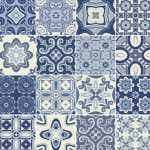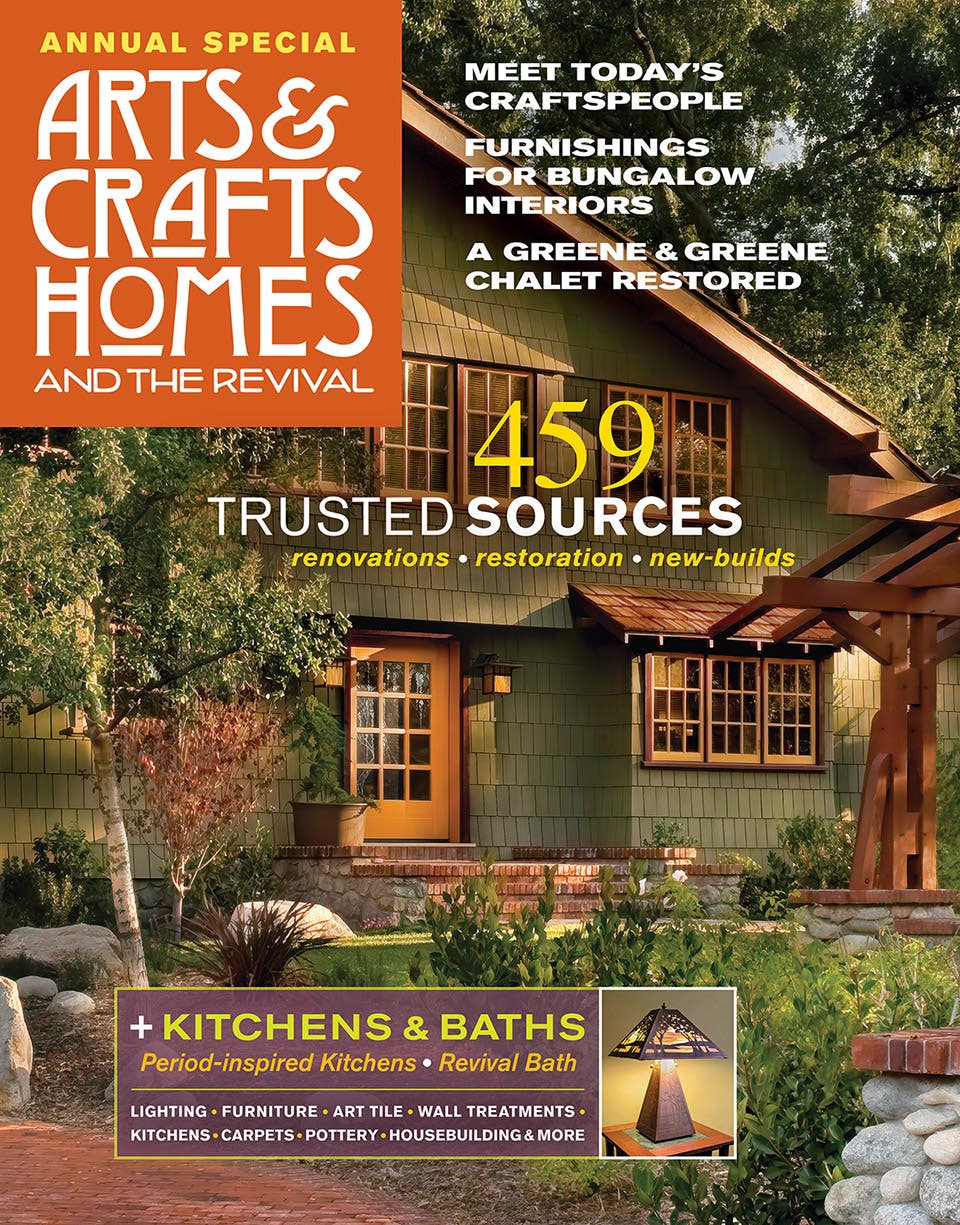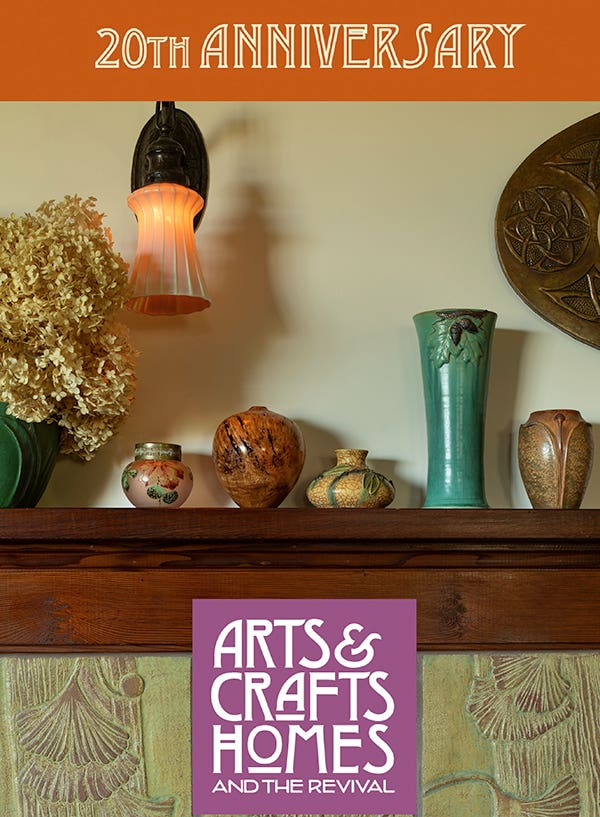The American Foursquare
The epitome of the post-Victorian “comfortable house,” the Foursquare is about dignified self-containment.
Builders in the early 20th century referred to this type as “truly American . . . the square type of modern home,” “massive” and “conservative.” Whether done plain or embellished with Prairie School, Arts and Crafts, or Colonial Revival details, the Foursquare house was economical, built—and suited to small lots, prefab parts, and the housing boom. Foursquares seemed to spring up almost overnight. There were none in 1890. By 1910, thousands had been built. This familiar house got recognition and a name in 1982, in an article by Old-House Journal publishers Clem Labine and Patricia Poore.
Patricia Poore is Editor-in-chief of Old House Journal and Arts & Crafts Homes, as well as editorial director at Active Interest Media’s Home Group, overseeing New Old House, Traditional Building, and special-interest publications.
Poore joined Old House Journal when it was a Brooklyn-brownstoner newsletter in the late 1970s. She became owner and publisher and, except for the years 2002–2013, has been its editor. Poore founded the magazines Old-House Interiors (1995–2013) and Early Homes (2004–2017); their content is now available online and folded into Old-House Journal’s wider coverage. Poore also created GARBAGE magazine (1989–1994), the first unaffiliated environmental consumer magazine.
Poore has participated, hands-on, in several restorations, including her own homes: a 1911 brownstone in Park Slope, Brooklyn, and a 1904 Tudor–Shingle Style house in Gloucester, Massachusetts, where she brought up her boys and their wonderful dogs.


